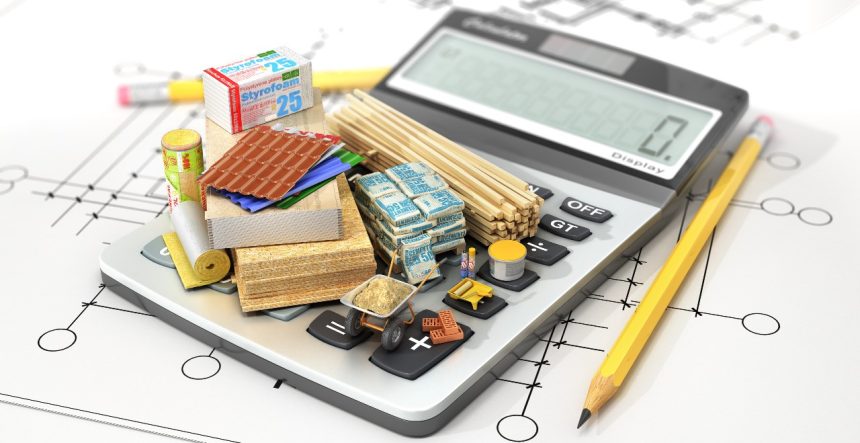According to Australia’s most comprehensive cost data experts, new quarterly data has revealed construction costs have continued to stabilise across the country.
The rate of building cost escalation has remained sturdy across most key costing factors in a welcomed continuation after the post-COVID rapid rise.
Recently released data from leading national construction costing agency Rawlinsons has continued to reflect stable increase rates in most states and territories regarding labour availability, energy prices, finance rates, material costs, builders’ margin and supply chain procurement.
However, forecasted escalations remain higher than the historical average, with dramatic variations of the above metrics able to significantly impact project completion.
Overall construction costs are predicted to rise by another 6 per cent in Adelaide, Melbourne, Darwin and Brisbane across 2024, with Perth close behind at 5.5 and 5 per cent, respectively.
Meanwhile, Hobart and Sydney are forecast to see a lower rise of 4 per cent.
Despite the stabilisation, some critical construction materials have seen substantial price increases compared to Q4 2023.
Plasterboard saw a significant cost rise in some regions, with prices jumping 11 per cent in Hobart and 7 per cent in Adelaide and Perth compared to last year.
Meanwhile, plumbing supplies increased by 4 per cent across major cities, according to Rawlinsons.
However, while potential construction cost volatility is likely to remain a topic of discussion from project to project across 2024, a shortage of skilled labour and housing approval rates are the biggest challenges facing the construction industry, particularly across Australia’s three largest cities.
The overall 2024 outlook for the construction industry across Australia does have plenty of positives, with a steady pipeline of construction projects throughout all states and territories.
However, a lack of skilled workers available within the industry to meet the current and projected demand will continue to push up construction costs, which are already putting a lot of strain on project viability.
2024 Forecasts
In Sydney, a shortage in both skilled labour and some materials has led to a decrease in construction activity levels compared to the previous quarter, which has subsequently led to a decline in commencement rates for housing builds.
Those reduced activity levels are predicted to persist throughout early 2024, with a lack of skilled workers presenting a significant obstacle for the industry with escalating labour costs exerting strain on profit margins.
In Melbourne, company insolvencies remain a problem across Victoria’s industry sectors, with skilled labour shortages and supply chain issues remaining an issue in the Melbourne construction space.
Aside from this, the Victorian construction industry continues to be reasonably healthy, being driven by the ongoing high level of activity and expenditure of new and improving existing infrastructure.
Meanwhile, Brisbane housing approvals continue to slow in the river city, coinciding with a continued decline in construction activity levels.
This is likely a result of building costs and financial pressures, given the strong demand for housing in the Queensland state capital.




